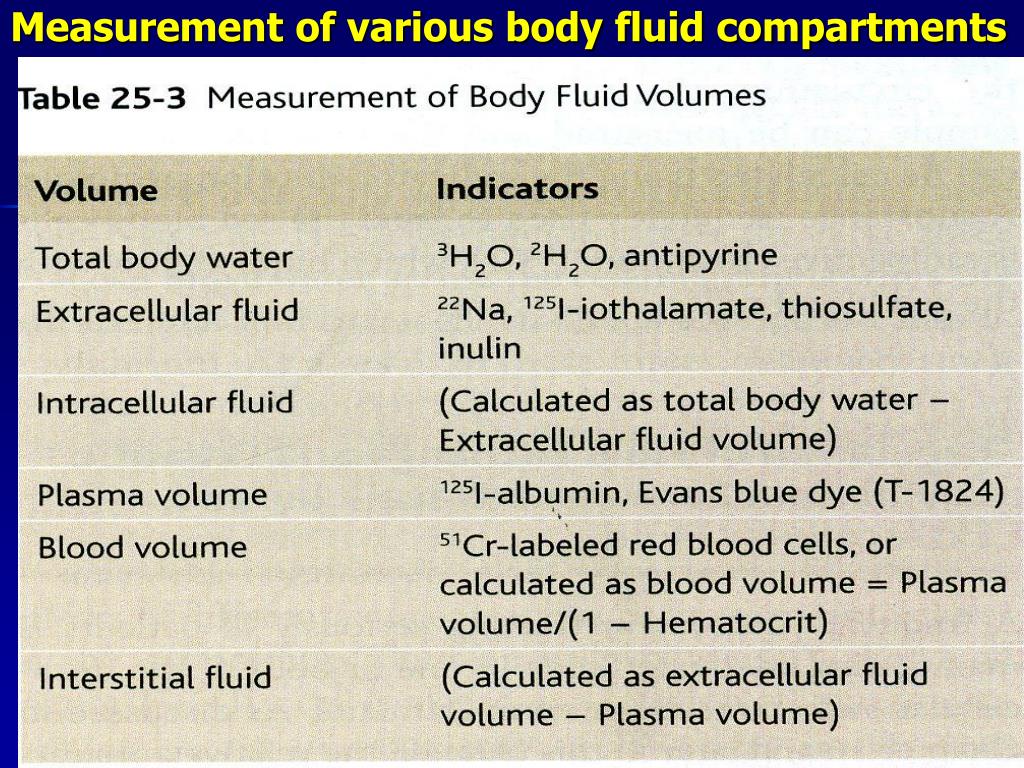

11 Phosphorylated AQP4 has been shown to have reduced water conductivity. According to our interpretation, the hypoosmotic stress-related posttranscriptional AQP4 protein changes may potentially be accounted for by enhanced phosphorylation and subsequent altered conformation and immunogenicity of the channel protein.

Namely, we found that in response to severe systemic hyponatremia, a rapid increase occurred in the immunoreactivity of astroglial AQP4 protein without significant changes in AQP4 mRNA levels or subcellular distribution of AQP4 protein. Almost simultaneously, our group, using a different experimental model, came essentially to the same conclusion. Compared with their wild-type counterparts, the AQP4 knockout mice had less brain water content, better neurologic outcome, and improved survival. In support of this notion, Manley et al 10 demonstrated that AQP4 deficiency protected the brain and reduced edema formation in mice exposed to acute water intoxication and focal ischemic stroke. 8Ī growing body of evidence suggests that complete lack, reduced expression, mislocalization, deficient membrane anchoring, and dysfunction of brain AQP4 limit transmembrane water flux and provide first-line defense mechanisms to maintain cerebral water balance and to protect brain volume. Brain-specific water channel membrane protein, aquaporin 4 (AQP4), is widely distributed in cells at the blood–brain and brain–cerebrospinal fluid interfaces, where it facilitates water movement.ĪQP4 protein is expressed abundantly in a highly polarized distribution in ependymal cells and astroglial membranes facing capillaries and forming the glia limitans. In addition to the well-defined VRR by the cellular osmolytes, the cell membrane itself is also involved in the adaptation of cells to osmotic challenges. 5 It is to be stressed that the elevated tissue sodium levels, and more importantly, the elevated sodium to potassium ratio in the developing brain indicates that the process of “chemical maturation” has not been completed, 6 and the immature brain is not capable of controlling its volume by ionic movements but rather by the accumulation or extrusion of the predominant organic osmolyte (i.e., taurine). Namely, in fetuses with 60% of gestation, this VRR is impaired when compared with more mature animals, and it starts operating in the younger cortex then in the phylogenetically older medulla. This volume regulatory response (VRR) develops in the brain of ovine fetuses in a region- and age-related fashion. In this regard, it is to be noted that cells of the brain and transporting epithelia respond to perturbations of ECW osmolality, not only with inducing the appropriate water flow in or out of cells, but also with gaining or losing cellular organic and anorganic osmolytes to limit osmotic water flux and to preserve cell volume. By contrast, ICW volume is regulated by osmotically-driven passive water flux across the cell membrane. ECW is under neuroendocrine control, and the final regulation is accomplished by the kidney through retaining or excreting solutes and fluids. The volume and composition of body fluid compartments are strictly controlled.

The bound water fraction appears to be related to the osmotically inactive body sodium mainly stored in glycosaminoglycan-rich tissues (Titze et al, 2003), which provides a buffer system in the control of physiologic dehydration.Įndre Sulyok MD, PhD, DSc, in Nephrology and Fluid/Electrolyte Physiology: Neonatology Questions and Controversies (Second Edition), 2012 Cell Volume Regulation Water can be liberated from this latter bound fraction in a regulated manner irrespective of its location in the cellular or extracellular space.
Body fluid compartments calculations free#
Two distinct water fractions should be considered: the free “bulky” water and the relatively slow-motion bound water. The term physical water compartments designates the physical states of tissue water and assumes interactions between dipole water molecules and tissue biopolymers, including proteins and glycosaminoglycans. The physical compartmentalization and mobility of tissue water could play a significant role in neonatal body fluid redistribution. According to a recent hypothesis, cell water rather than extracellular water may be the source of significant neonatal water losses (Sulyok, 2008). The early postnatal weight loss observed in the first days of life is usually ascribed to the isotonic contraction of ECW volume and the elimination of excess sodium and water by the kidney. Redistribution of body fluid compartments occurs soon after birth. Jean-Pierre Guignard, Endre Sulyok, in Avery's Diseases of the Newborn (Ninth Edition), 2012 Neonatal Redistribution of Body Water Compartments


 0 kommentar(er)
0 kommentar(er)
